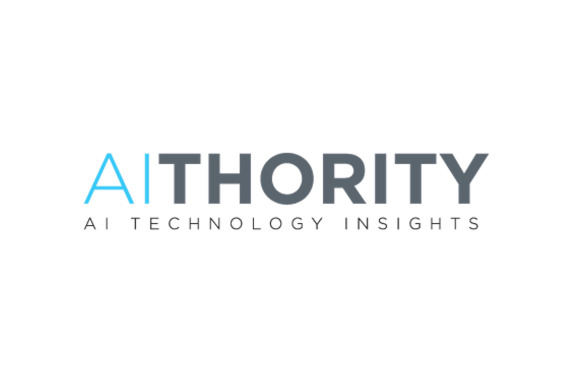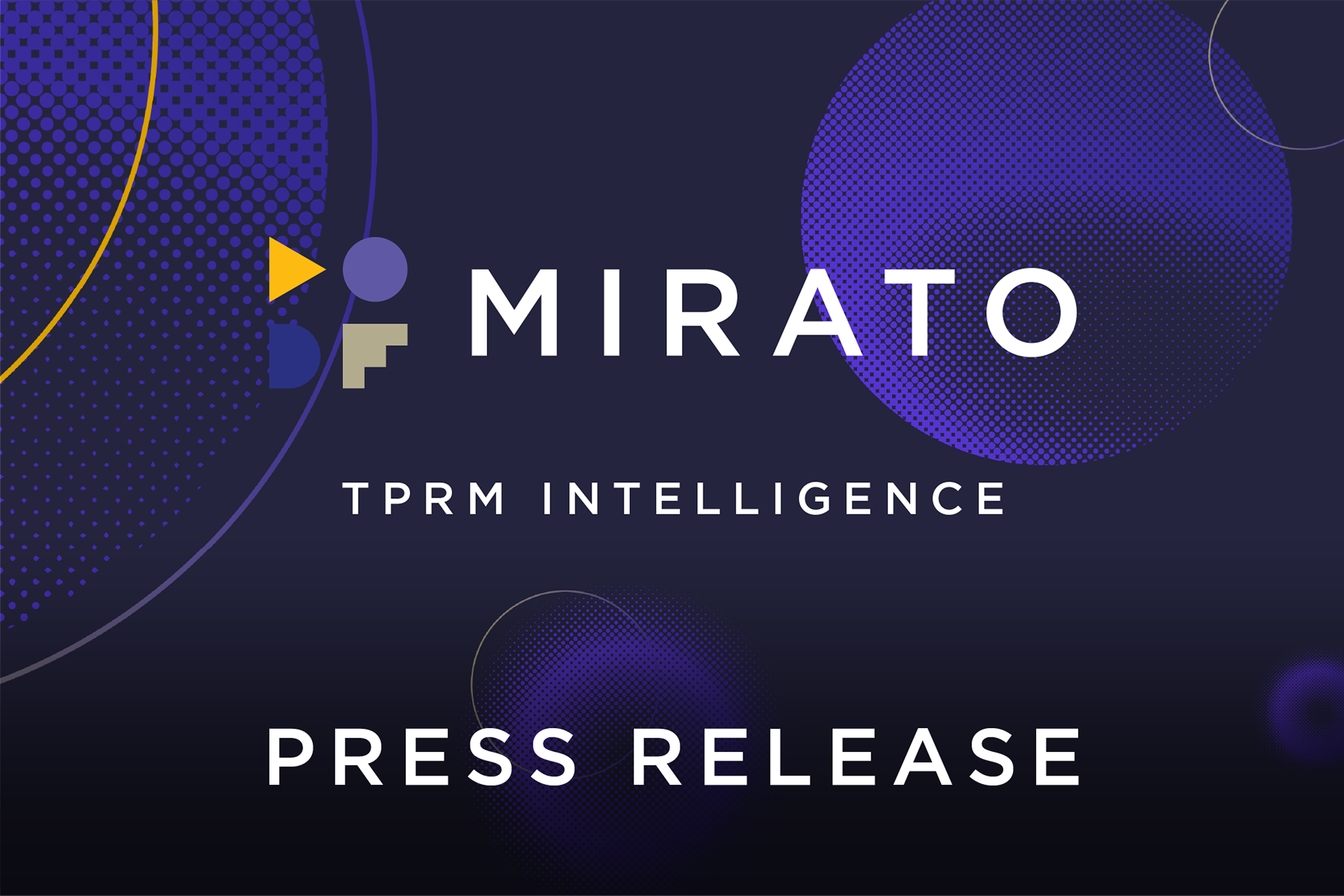What Do We Mean When We Talk About Automation?
| By The Mirato Team
In Short:
While the word “automation” is used frequently in Third-Party Risk Management, Mirato’s definition is significantly different and more meaningful. Traditional TPRM solutions automate the risk and due diligence tasks and workflow processes. The remaining manual evidence review and analysis is still the Achilles heel of even the most mature and sophisticated TPRM programs.
Mirato’s TPRM intelligence platform automates that remaining manual workload; the review, analysis, and correlation of content between TPRM questionnaires, and the massive amount of unstructured data within the supporting evidence, documentation, subscription data, and managed service or consortium provided assessments.
Mirato’s TPRM intelligence platform utilizes advanced technologies, including cognitive computing technologies such as artificial intelligence (AI) and proprietary natural language processing (NLP) algorithms. There is no need to replace existing platforms, programs, data sources or partners, as the Mirato platform complements traditional TPRM workflow automation.
What do we talk about when we talk about Automation?
The majority of today’s third-party risk management (TPRM) programs are managed in silos – leading risk to be separated into operational units. As a result, risk managers cannot connect and centrally analyze data, which means they do not have visibility into a company’s entire third-party risk.
Subject matter experts spend countless hours scouring different platforms and knowledge sources and performing TPRM processes manually. These monitoring tasks are tedious, and the risk of human error or bias increases with higher volumes of data. The repetitive nature of traditional TPRM work drains employees.
The problem is compounded by the fact that current methods of data collection, such as questionnaires, provide only a pinhole view of a third party and are limited by the questions asked and how the third party has chosen to present its answer.
How Mirato is Transforming TPRM into an Intelligent Process
Mirato’s TPRM intelligence platform utilizes advanced technologies, including cognitive computing technologies such as artificial intelligence (AI) and proprietary natural language processing (NLP) algorithms, which not only analyze the content of the questionnaire but also validate and cross-reference the answers with other data sources.
There is no need to replace existing tools, as the Mirato platform serves as a complement with real automation – saving organizations the time and money associated with manual work and creating a much more efficient TPRM process that actually helps reduce risk.
By making TPRM intelligent, financial institutions can:
Leverage the Power of AI:
Mirato’s AI-driven digital technology helps organizations strengthen their risk intelligence to better foresee, detect and adjust to the accelerated risk environment by orchestrating and automating the TPRM program, from initial assessment to continuous monitoring and mitigation. AI enables the extraction of data from questionnaires, evidence documents, financial stability sources, cyber posture or the deep web and turns it into actionable insights about risk exposure.
Free Up Resources:
Mirato’s next-generation TPRM intelligence solution removes the previously multi-destination, manual-intensive labor that complicates risk management and replaces it with automated smart processes that flush out third-party risk. This results in up tp 60% less manual labor than what is currently involved with assessments – saving subject matter experts a considerable amount of time and dramatically reducing continuous monitoring costs, freeing up resources so people can focus on business-critical activities such as risk mitigation and customer experience rather than administration.
Continuously Monitor Risk:
Mirato connects the entire TPRM operation across the enterprise, including programs and tools, into one smart platform that continuously monitors and digitizes data collection from numerous sources on a 24/7 basis – providing a full view of risks across all domains and sources and highlighting pertinent information. NLP and AI let machines do the work to validate and enrichen the data and turn it into actionable insights that can be funneled across all risk domains into a single dashboard with multiple views and functions. While other solutions only perform periodic checkbox events, which often bring in too much data that analysts must sift through, Mirato enables real continuous monitoring – grabbing dynamic information as frequently as once an hour and using NLP and cross-validation to get just the right information to the right person.
Identify Fourth-Party and Concentration Risk:
Mirato’s platform reveals both fourth-party risk and concentration risk, ensuring that risk managers have greater visibility and protection from downstream risks that come from fourth-party vendors that serve their third parties. Mirato provides a single view, so risk managers can easily model the potential cascading effects from the manifestation of risk across their supply chain and view concentration risk from aggregators such as geographic location, fourth parties or other vulnerabilities in real-time.
Seamlessly Add New Controls and Data Sources:
When a new control is added, it applies automatically to all the third parties in an organization’s program and is continuously monitored. Similarly, when a new data source is added, it also applies automatically to all existing and new third parties – enabling companies to utilize data sources that were not considered or analyzed in the past because of bandwidth.
As risks proliferate and the job of managing vulnerabilities becomes increasingly complex, forward-thinking organizations must look to leverage the capabilities of AI and automation to bring intelligence to their TPRM programs. With Mirato, companies can reduce the manual burden that is traditionally placed on risk managers while also ensuring they are better protected across all risk domains.

